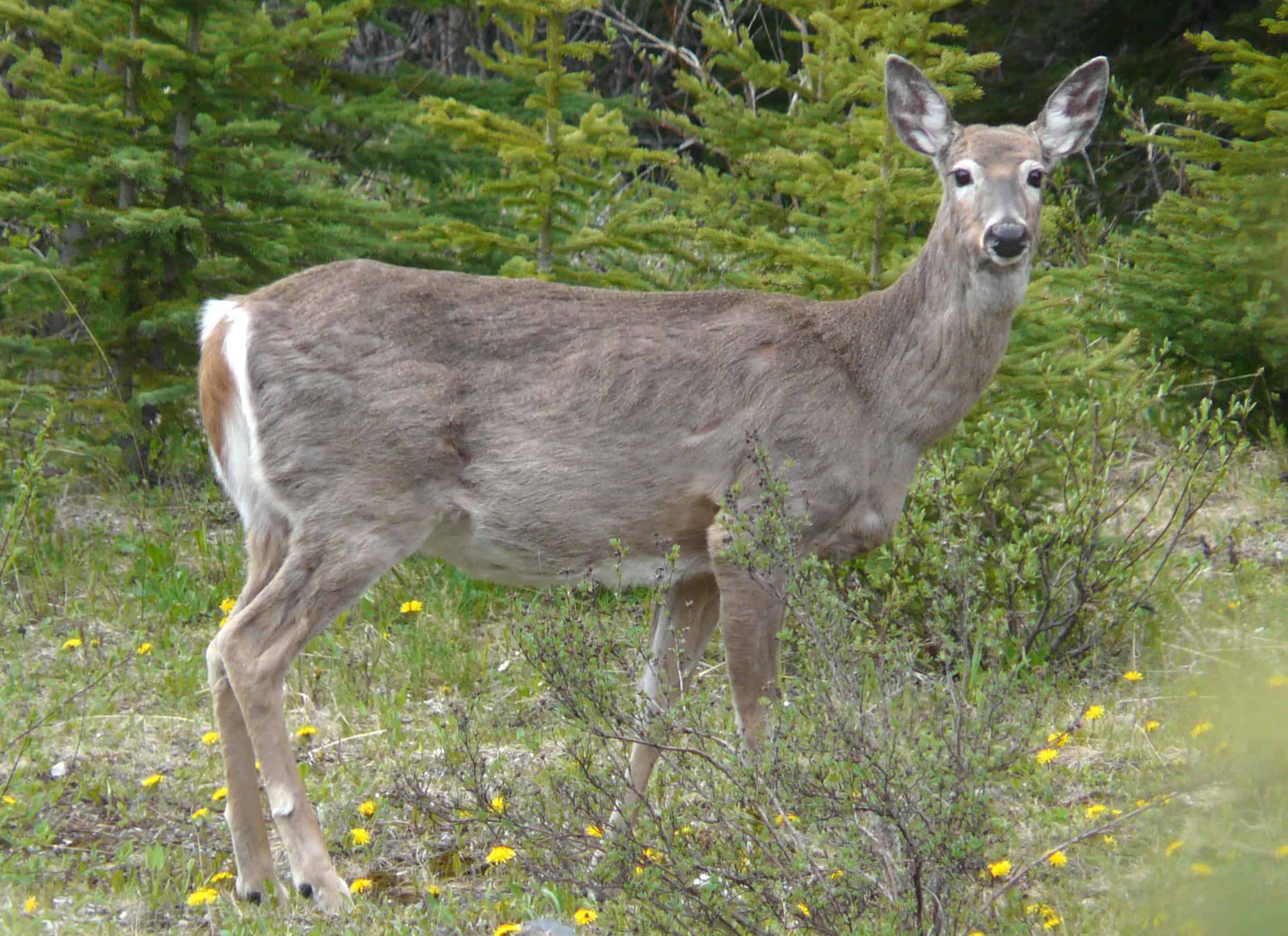Share this article
New model meshes small and large-scale population estimates
For decades, biologists have struggled to accurately count wildlife populations. They’ve had to combine high-quality data from smaller sites with less reliable information from broader areas. Recent research by Indian scientists looking at tigers (Panthera tigris) has led to a pioneering model to extend numbers derived from advanced, small-scale, expensive methods to results from low-tech, wide-scale surveys to effectively estimate animal populations across vast habitats.
“When you get to large scales, the connection between the number of animals, the number of signs they leave and number of signs you find becomes nebulous,” said TWS member Ullas Karanth, a conservation zoologist who coauthored the paper, which was published in the Journal of Agricultural, Biological and Environmental Statistics.
The Bayesian smoothing model, developed by Mohan Delampady and Soumen Dey of the Indian Statistical Institute, was based on two datasets derived from both small- and large-scale fieldwork in the Indian state of Karnataka, which boasts the world’s largest tiger population. Researchers measured tiger numbers and densities at seven sites across 5,000 square kilometers using camera traps. They also conducted a one-year survey over 30,000 square kilometers, walking through big patches and tallying the tiger tracks they saw. By developing the Bayesian smoothing model, the authors statistically linked the data from the refined camera trapping to the low-grade data from the cheaper sign surveys to estimate numbers for the wider area.
“This is an attempt to link two estimates at two spatial scales,” said Karanth, the Wildlife Conservation Society’s director for science in Asia.
The population estimate produced by this technique aligned with previous ones for the landscape that were informed by reliable approaches such as capture-recapture studies and known tiger-to-prey ratios, Karanth said. This makes the new model far superior to the weak linear regression method that’s been used since 2005 by the Indian Government, he said.
The scientists say the Bayesian smoothing model can be applied to many wildlife species. It’s especially useful to assess populations of carnivores atop the trophic pyramid, which are hard to estimate because of their evasiveness and low densities.
“It’s possible to connect accurate estimates in small areas to the loose sign surveys in North America,” Karanth added. “You can do accurate counts using camera trapping or DNA sampling for grizzly bears (Ursus arctos), polar bears (Ursus maritimus) or mountain lions (Puma concolor). For the larger area, you could fly a plane or do track counts.”
Header Image: A Bengal tiger looks out across the jungle. ©Ramki Sreenivasan








